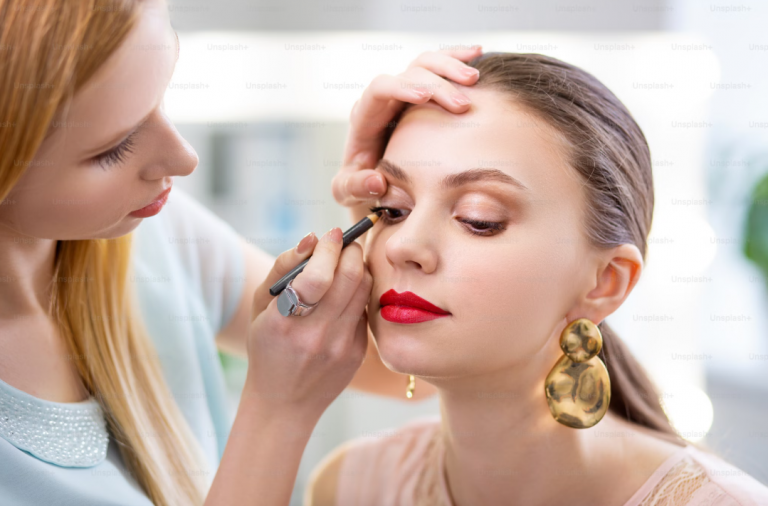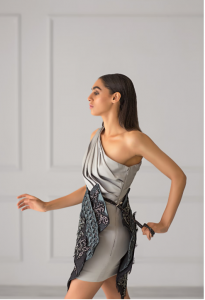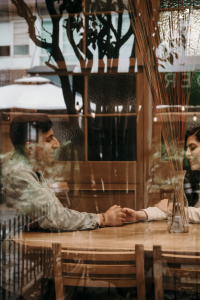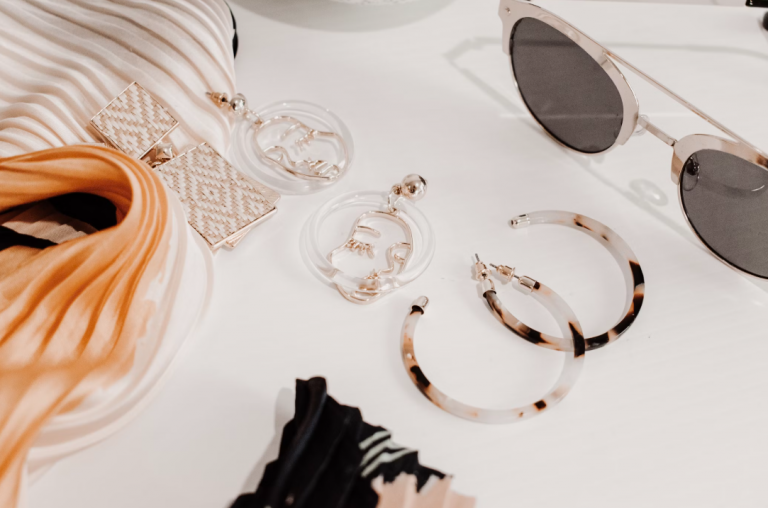Fashion is not just about wearing clothes; it’s about making a statement, and one of the essential elements of creating a stylish ensemble is mastering the art of color coordination. Whether you’re dressing for a casual outing, a formal event, or just a day at the office, understanding how colors work together can elevate your look to a whole new level. In this comprehensive guide, we’ll delve into the intricacies of color coordination and provide you with expert tips to help you match your outfits flawlessly.
Introduction to Color Coordination
Color coordination is the process of selecting and combining colors in your outfit to achieve a harmonious and visually appealing look. It’s not just about picking your favorite colors but understanding how different hues, tones, and shades complement each other to create a cohesive appearance. The right color combination can enhance your features, boost your confidence, and leave a lasting impression.
Understanding the Color Wheel
To master color coordination, you first need to understand the color wheel. The color wheel is a circular chart that organizes colors based on their relationships. It consists of primary colors (red, blue, yellow), secondary colors (orange, green, purple), and tertiary colors (mixtures of primary and secondary colors). Complementary colors, found opposite each other on the wheel, create high contrast and energy, while analogous colors, adjacent to each other, offer a more harmonious blend.
Basic Rules for Color Matching
When matching colors, consider the concept of contrast. Pairing light and dark colors creates visual interest, such as combining a navy blue blouse with white pants. Additionally, using neutral colors like black, white, gray, and beige as a base can help balance bold or bright hues in your outfit.
Color Coordination for Different Skin Tones
Your skin tone plays a crucial role in color coordination. For fair skin tones, pastels and soft hues work well, while medium skin tones can rock earthy tones and jewel colors. Dark skin tones shine in vibrant shades like deep blues, rich purples, and emerald greens. Experiment with different colors to discover what complements your complexion best.
Color Coordination for Different Occasions
The occasion also dictates your color choices. Casual settings allow for more playful and relaxed color combinations, while formal events call for elegant and sophisticated hues. Pay attention to dress codes and cultural norms when selecting colors for specific occasions.
Adding Depth with Textures and Patterns
Don’t be afraid to mix textures and patterns to add depth to your outfit. Pair a smooth silk blouse with textured tweed pants or incorporate subtle patterns like stripes or polka dots. However, avoid overwhelming your look with clashing patterns or too many competing textures.
Accessories and Color Accents
Accessories are excellent tools for adding pops of color to your outfit. A vibrant scarf, bold statement necklace, or colorful handbag can instantly elevate a monochromatic ensemble. Use accessories strategically to complement your outfit’s color scheme without overpowering it.
Seasonal Color Trends
Stay updated with seasonal color trends to infuse freshness into your wardrobe. Spring may bring pastel shades and floral prints, while autumn calls for warm tones like mustard yellow and burnt orange. Incorporate trendy colors into your outfits while staying true to your personal style.
Color Coordination Mistakes to Avoid

Common color coordination mistakes include wearing too many bright colors at once, neglecting the impact of lighting on colors, and clashing warm and cool tones. Be mindful of these pitfalls and seek balance in your color choices.
Personal Style and Color Preferences
Developing your personal color palette involves understanding which colors resonate with your personality and make you feel confident. Experiment with different combinations to discover what reflects your unique style and preferences.
Color Coordination Tips for Men
Men can also benefit from color coordination tips. Pairing complementary colors like blue and orange or experimenting with tonal dressing can enhance a man’s overall look. Pay attention to color details in accessories like ties, belts, and shoes to complete the outfit.
Color Psychology in Fashion
Colors have psychological effects, influencing perceptions, emotions, and even behavior. For example, red conveys energy and passion, while blue evokes calmness and trust. Use color psychology strategically to communicate the mood or message you want through your outfit.
Celebrity Style and Color Coordination
Take inspiration from celebrities known for their impeccable style. Analyze how they combine colors, patterns, and textures to create stunning looks. Incorporate elements of their style into your own wardrobe while adding your personal flair.
Ethical and Sustainable Fashion in Color Choices
In the era of ethical and sustainable fashion, consider the environmental impact of your clothing choices, including color dyes. Opt for brands that prioritize eco-friendly practices and offer a range of colors that align with sustainability principles.
Conclusion
Mastering color coordination is a journey of self-expression and creativity. By understanding color theory, experimenting with different combinations, and staying attuned to personal style preferences, you can effortlessly match your outfits and make a lasting fashion statement.










+ There are no comments
Add yours